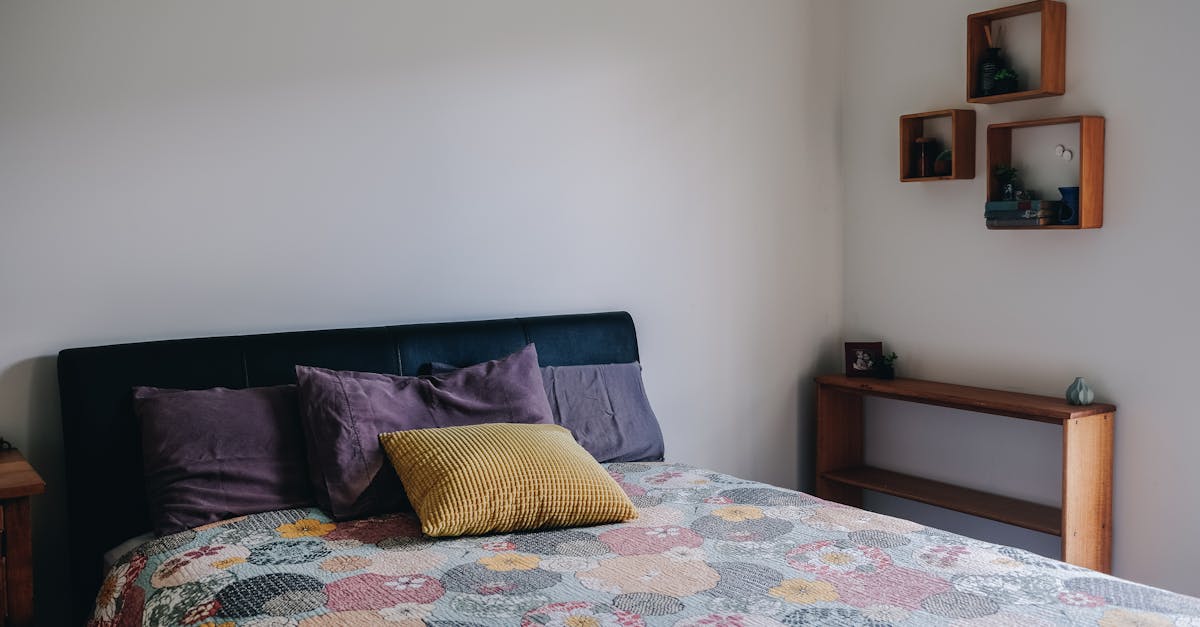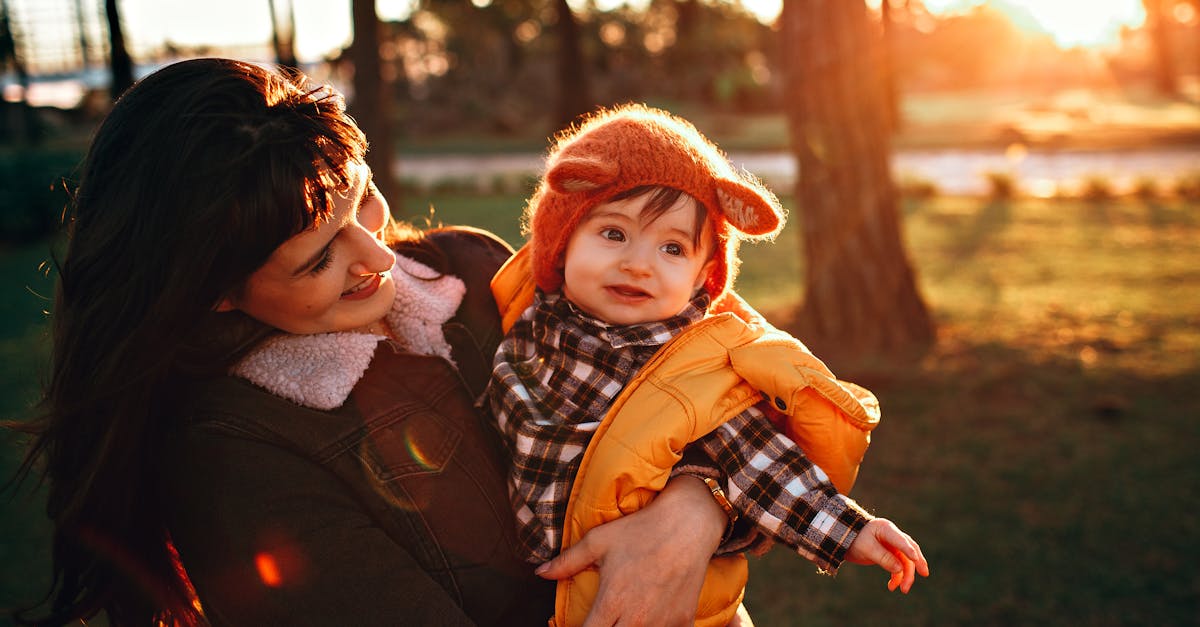Understanding Separation Anxiety
Babies often experience separation anxiety, a normal part of their emotional development. This anxiety usually peaks around 10-18 months when babies begin to realize that objects (and people) exist even when out of sight.
Although it can be challenging, understanding this phase is crucial. Knowing your baby’s distress is natural can ease your worries and encourage you to respond calmly. Sharing a funny story, like how your baby clings to your leg like a koala, can also help normalize these feelings. You’re not alone, and many parents are in the same boat.

Establishing a Predictable Routine
Having a predictable routine is comforting for babies. Regular feeding times, nap times, and playtimes help them understand what to expect next. Try incorporating a daily schedule with consistent activities. This predictability can reduce anxiety because babies thrive on routine. Think of it as putting together a puzzle – each piece fits better when you know where it’s supposed to go. And yes, it’s okay to have flexibility for those ‘uh-oh’ moments (because we’ve all had them). Consistency is key, but perfection isn’t necessary.

Creating a Soothing Space
Creating a calming environment is vital. Soft lighting, gentle music, and minimal clutter can make a significant difference. Think of it as a baby spa – minus the overpriced cucumbers on the eyes. Cozy items like soft blankets and stuffed animals can create a comforting atmosphere. And don’t forget the power of white noise; it can work wonders in soothing a distressed baby. Imagine walking into your own personal paradise; it’s serene and comforting, right? Babies need their version of that too.

Positive Reinforcement with Comfort Items
Comfort items can be lifesavers. Whether it’s a favorite blankie or a cuddly toy, these items act as a comfort object for babies. These objects can help your baby feel secure and reduce separation anxiety.
Pro tip: Have a backup! There’s nothing worse than a missing blankie emergency. Share a light-hearted anecdote about the frantic search for ‘Mr. Bunny’ at bedtime.
These items are not just toys; they are symbolic to babies and can significantly ease their stress.

Engaging in Calm and Consistent Goodbyes
When saying goodbye, a calm and positive approach can work wonders. Babies can pick up on your emotions, so keep goodbyes sweet and short. Adopting a fun little routine like a special goodbye kiss or wave can help. Share a tip from your experience, maybe a quick dance routine before you leave? It’s those little moments that make the farewell less stressful for both of you. Remember, the calmer you are, the calmer your baby will be.

Utilizing Technology Wisely
Technology can be a blessing if used wisely. Video calls with grandparents or a favorite family member can help. Share your funny video call mishaps to show that tech isn’t perfect but can be effective. Use apps that feature soothing music or lullabies. Don’t overdo screen time; it’s about balance and smart use.
Picture this: Your baby engaged in a giggly video chat session with grandma. It’s heartwarming and can ease their discomfort from separation.

Encouraging Playdates and Social Interactions
Interacting with other caregivers and babies can help mitigate separation anxiety. Playdates or spending time with trusted friends and family can encourage social skills. Share a humorous playdate story where more was on the babies’ outfits than the floor. These social experiences teach babies that others can provide comfort and fun too. Encouraging interactions will help your baby adapt to different caregivers and environments, making separations less daunting in the future.

Encouraging social interactions early on can have a positive impact on your baby’s development and emotional well-being. Creating opportunities for your baby to socialize with peers in a safe and supervised environment is essential for building healthy relationships and fostering social skills.
